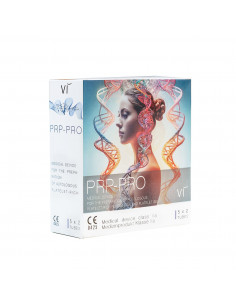So let's start with the structure of a platelet - it's a seedless, flat, rounded, round blood cell.
When activated, they release so-called pseudopodia to "close" the vessel.
During this process, the substances for which the platelet is intended (method of administering autologous plasma), namely growth factors that stimulate cell division and growth, are released from the platelet.
⠀
Growth factors are polypeptide molecules with different structures and functions.
⠀
Among the most important growth factors is the
- platelet-derived growth factor(PDGF), which occurs in the alpha granules of platelets.
- transforming growth factor(TGF-β), which controls cell proliferation and differentiation.
- vascular endothelial growth factor(VEGF) - stimulates angiogenesis, restores oxygen supply to tissues);
- Epithelial growth factor(EGF), which stimulates epidermal growth;
- Fibroblast growth factor(FGF).
There are three types of platelets:
- Platelet macrophages: They are the most abundant platelets and account for about 90% of all platelets. They are responsible for thrombus formation.
- Platelet Adherent Cells: These platelets are responsible for the attachment of platelets to the vessel wall.
- Platelet granulocytes: These platelets contain a number of pro-inflammatory substances that aid in wound healing.
Platelets play an important role in blood clotting and wound healing. A deficiency of platelets can lead to blood clotting disorders and severe bleeding. An excess of platelets can lead to life-threatening thrombosis.



